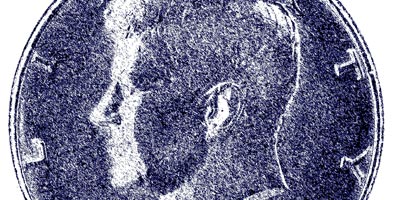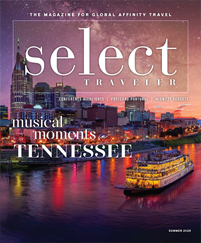
This is a question that every baby boomer has asked and answered a dozen times. It is an iconic moment that is frozen in our memories, and we remember in great detail where we were and what we were doing when we heard the news.
That tragic event on November 22, 1963, is just one of many occurrences that are etched in our minds. Asking your group members, “Where were you when…?” is an interactive approach to introducing travel and venues that showcase these nostalgic times in our lives.
We have chosen three such unforgettable moments, newly showcased in museums that are guaranteed to stir up emotions from the most stoic of visitors. When you market these venues and those unforgettable events to your loyalty program, ask your group members their whereabouts on that specific day. Chances are you’ll want to plan extra time for an overwhelming response.
April 4, 1968
Nancy Virden, director of Generations Gold at Bank of Anguilla in Rolling Fork, Mississippi, was 16 years old and listening to the radio when she heard that Dr. Martin Luther King, Jr., had been assassinated.
“When I heard that horrible news, I distinctly remember thinking ‘What a waste,’” she said. “This is such a terrible thing. What will happen from here?”
That dreadful event changed the course of history and spurred the civil rights movement to become a major issue for this nation that continues to this day. Groups can visit the scene of King’s assassination, the Lorraine Motel at the National Civil Rights Museum in Memphis, Tennessee, to see close-up the room where the reverend spent his last night, the balcony where he died and the boarding house across the street where James Earl Ray fired the fatal shot.
A large part of the museum has been renovated and will reopen in early spring 2014.
“We have kept those dramatic elements like the bus from the Montgomery bus boycott that was sparked by the arrest of Rosa Parks, the Sit-In Counter from the sit-ins of 1960, the Freedom Rides Bus and the state of Tennessee’s prosecutorial evidence from Dr. King’s assassination,” said Connie Dyson, communications coordinator at the National Civil Rights Museum.
“But everything has been enhanced. There will be 140 films throughout the exhibits and interactive exhibits, including one that allows visitors to choose a course of action for real events in the civil rights movement and learn the outcome of their choices.
“Our goal is to teach this history to a new generation of visitors.”
September 11, 2001
On a beautiful Tuesday morning, Patti Manville was about to turn off the television before walking out the door to go to work.
“When I saw the first plane crash into the World Trade Center, I simply thought it was some kind of mishap,” said the director of the Summit 55 Club at Eagle Bank and Trust in Fairfield Bay, Arkansas. “But when I got to work, someone rushed in to my office and said, ‘Did you hear what has happened?’”
Along with experiencing the horror with her colleagues, Manville was forced to decide whether to cancel her group’s upcoming trip to New York City where the itinerary included not only the twin towers but many venues that were immediately closed due to the tragedy.
“We ended up waiting a few years to go. At that time, we saw Ground Zero, the church where rescue workers had eaten their meals and many poignant sights,” she said.
Manville is looking forward to returning to New York soon to visit not only the 9/11 Memorial, now in its third year of operation at the World Trade Center site, but the museum that completes the National September 11 Memorial and Museum.
“Scheduled to open in the spring of 2014, the museum includes iconic sights we all remember, including the steel tridents that were part of the twin towers’ facade and the cross made from intersecting steel beams,” said Anthony Guido, communications manager for the memorial and museum.
“The FDNY Engine Company 21 truck that was parked under a walkway has a burnt and charred front end with a back that is in good shape — representing the luck of the draw of where you were that day.”
Personal artifacts, including shoes, identification cards and a watch worn by a passenger aboard one of the hijacked planes, are just a sampling of the intimate objects that will also be on display.









